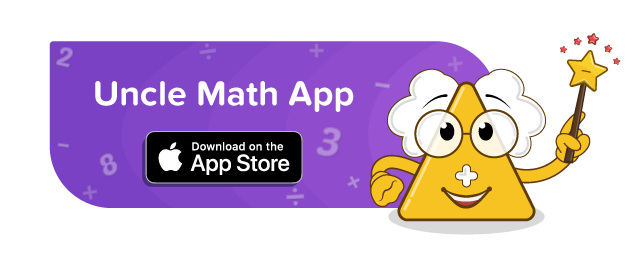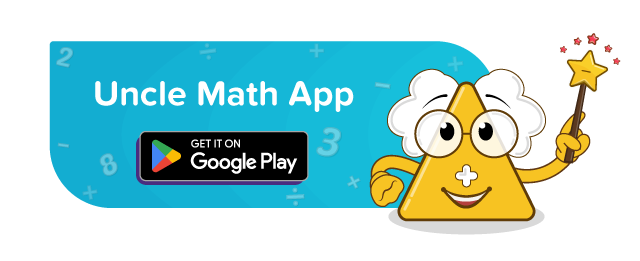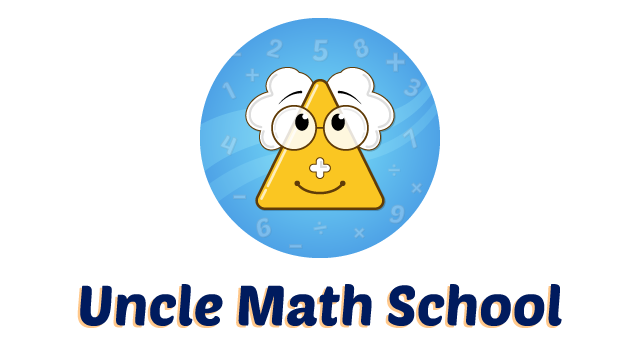Unlocking the Power of Vedic Mathematics for Young Learners
Mathematics is a fundamental skill that lays the foundation for a child’s intellectual development. It is essential to introduce mathematical concepts in a way that is engaging and accessible to young learners.
Vedic mathematics, an ancient system of mathematics originating from India, offers a unique approach to teaching math that can make learning more enjoyable and efficient for primary school students.
Vedic mathematics is a system of mathematical techniques and principles that were compiled in ancient India, primarily found in the Vedas, a collection of sacred texts. These techniques are designed to simplify complex mathematical calculations and promote mental math skills. Vedic mathematics is known for its simplicity and efficiency, making it an ideal tool for teaching primary math.


In this blog, we will explore some basic techniques in Vedic mathematics that can be applied to primary math education.
Vedic Sutra 1: Ekadhikena Purvena
This is the formula used for calculating squares of numbers ending in 5. Take the non-5 part of the number and multiply it by the next consecutive number.
E.g., Find the square of 45.
Solution: 1st step: Multiply the number (except the last 5) by one more than it.
i.e., 4 x (4+1) = 4 x 5 = 20
2nd step: Write a square of 5, i.e., 25 after it.
5 x 5 = 25.
Together (join both steps), in one line = 2025.
Therefore, the answer is 2025.
Vedic Sutra 2: Ekanyunena Purvena
This method is used for calculating multiplication by 9, 99, 999,…
Formula: 1st step: Left part: One less than the multiplicand, i.e., (multiplicand – 1)
2nd step: Right part: The deficiency of multiplicand, i.e., (base – multiplicand)
Eg: Multiply 57 by 99 (the base is 100).
Solution: Step 1: 57-1 = 56
Step 2: 100-57 = 43
57 x 99 = (57 – 1) (100 – 57) = 5643
Therefore, 57 x 99 = 5643.
Vedic Sutra 3: Anthyayordasakepi
Formula: 1st step: Left part: Multiply the previous part by one more than itself.
2nd step: right part: multiply the last digits (whose sum is the base).
E.g., multiply 36 by 34:
Solution: The sum of the last digits 6 and 4 is 6+ 4 = 10 (base).
36 x 34 = (3x (3+1) (6×4)
= (3 x 4) (24)
=1224.
Therefore, 36 x 34 = 1224.
Vedic Sutra 4: Yavadhunam
This method is used for calculating the squares of any number.
Formula: 1st step; right part; square the deficiency
2nd step, left part: subtract the number by its deficiency plus carry over.
E.g., find the square of 98.
Solution: The deficiency is 2 with a working base of 100.
Step 1: Right part: square of deficiency (2) ²
Step 2: Left Part: Subtract the number by its deficiency (98-2).
(98 – 2) (2)² = (96) (4)
Therefore, 98² = 9604.
Vedic Sutra 5: Nikhilam Multiplication
This method is used to multiply numbers that are close to a base, typically a power of 10.
Formula: For example, if you want to multiply 87 by 98, you can use the base of 100 (10 x 10) to simplify the calculation.
Step 1: Find the deviation of each number from the base (100).
Deviation of 87 from 100 = 100 – 87 = 13
Deviation of 98 from 100 = 100 – 98 = 2
Step 2: Multiply the deviations together and subtract from the base.
13 x 2 = 26
100 minus 26 = 74
So, 87 x 98 = 74.
Vedic mathematics offers a fascinating approach to teaching primary math. These basic techniques provide young learners with tools to perform calculations more efficiently and mentally. As students become familiar with these methods, they can develop stronger math skills and greater confidence in their abilities.
Organising engaging games and activities is a good way to expose primary pupils to Vedic mathematics. Make entertaining flashcards or worksheets that use Vedic math strategies and motivate students to solve problems intellectually. By integrating Vedic mathematics into primary math education, we can make math more enjoyable and accessible, setting a strong foundation for future mathematical learning and making the following statement true:
“The human brain can work faster than the world’s fastest computer.”
To make math more engaging and funfilled, visit our YouTube channel:


